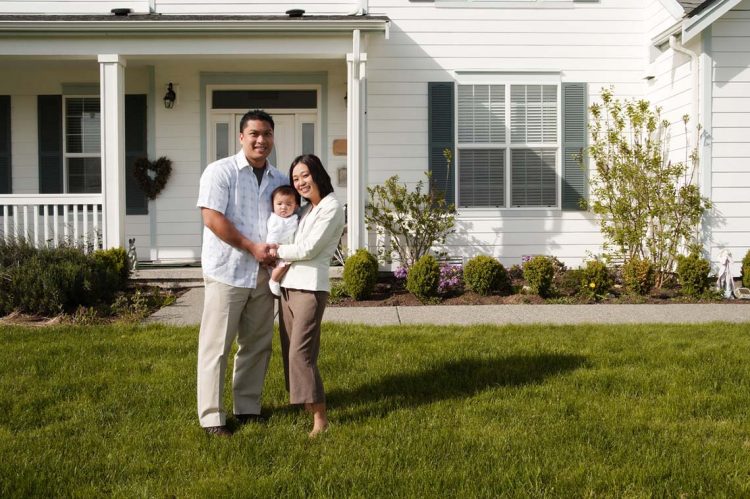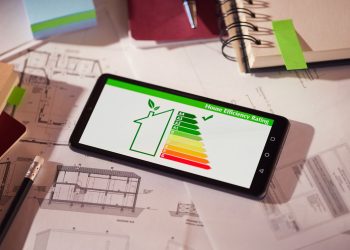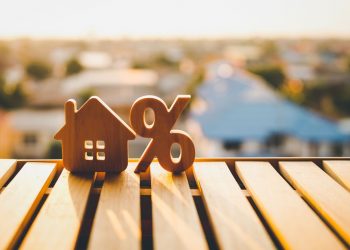The Asian Real Estate Association of America, a national nonprofit trade organization focused on improving the homeownership rates of the Asian American Pacific Islander (AAPI) community, has released its 2022 State of Asia America report, a comprehensive review of the housing trends and associated issues facing the AAPI community.
In addition to providing detailed data outlining homeownership related statistics and indicators, this year’s State of Asia report provides insights into the different sub-groups within the AAPI community, with a particular focus on each group’s immigrant story.
The 2022 State of Asia America report was created in partnership with RE/MAX and Freddie Mac and utilized findings from more than 30 sources including a survey conducted by TDW+Co.
According to a release, the historical backdrop provides an excellent filter through which to observe the latest home ownership statistics as well as migration patterns. Similar to years past, barriers to AAPI homeownership continue to be discrimination, mortgage readiness and affordability. Therefore, it is not surprising that AAPI homeownership rates lag behind the average American, 61% vs 64%.
“The State of Asia America Report is our most important effort each year as we leverage data from more than 30 sources to tease out the most comprehensive and in-depth look at the drivers and trends related to AAPI homeownership,” said Tim Hur, president of AREAA. “As the largest AAPI trade group in the U.S., we take our responsibility as a leader seriously as we identify, educate and address the critical issues affecting the AAPI community. In that vein, this year we commissioned a professional survey to uncover Asian American homebuying preferences in a period of rising anti-Asian xenophobia since the beginning of the COVID-19 pandemic.”
Demographics
The AAPI population is the fastest-growing demographic in the United States and has grown from 11.9 million in 2000 to over 22 million individuals today, the report states. This growth rate of 81% is higher than the 71% growth rate for Hispanics, 20% growth in the Black population, and little to no change in the White population. According to Pew Research, the number of AAPIs is expected to hit 46 million by 2060. The largest subgroups currently include Chinese, Asian Indian, Filipino, Vietnamese, Korean and Japanese.
Discrimination affecting homeownership
AAPI demand for housing is high: 65% of real estate professionals working with Asian buyers say demand for housing is greater than pre-pandemic. But Asian hate continues to impact homeownership for AAPI buyers. 60% of AAPI homebuyers identified specific neighborhoods, communities or cities they would consider because of concerns over anti-Asian sentiments, while 60% of real estate professionals working with AAPI clients discouraged or dissuaded AAPI home buyers from considering specific neighborhoods, communities or cities they would consider due to potential anti-Asian sentiments. Nearly one-half of all survey respondents believe anti-Asian sentiments are getting worse overall—and just 15% believe it is getting better.
According to AREAA survey results, 70% of recent AAPI homebuyers say “personal safety/security” was a “major factor” in their move. Further, 37% of respondents stated that getting away from “prejudice and discrimination” was a major reason for their move, while another 31% said it was a minor factor as well.
Mortgage ready, credit visible important indicators
Freddie Mac, which partnered with AREAA on this year’s State of Asia report, provided insights into indicators that affect mortgage approval rates among the AAPI community. The first step in securing mortgage approval involves being credit visible, which refers to consumers who have a credit record with the National Consumer Reporting Association. However, many AAPI immigrants are “credit invisible” since they don’t have any credit histories and are not captured in credit bureau data.
Mortgage ready is a status defined by Freddie Mac that refers to non-mortgage holders ages 45 and younger, who exhibit certain credit characteristics that could qualify them for a mortgage. These definitions are research-based assessments and do not relate to Freddie Mac’s guide or underwriting criteria. However, they are valuable indicators to help understand how to improve mortgage approval rates for AAPIs buyers. The criteria include:
- Credit score greater than or equal to 661
- Debt to income ratio less than or equal to 25%
- No foreclosures or bankruptcies in 7 years
- No severe delinquencies in 1 year
Approximately 45% of the country’s AAPI population, representing 8.6 million people, is concentrated in the West. While many AAPI potential buyers are mortgage ready, and credit visible, affordability rates in the region are rock bottom, resulting in migrations to more affordable markets in the Midwest and South.
Plummeting affordability in historic hubs affecting aapi migration
Affordability remains a significant barrier to many members of the AAPI community. The average sale prices AAPIs pay in historic coastal hubs range from $500,000 to $650,000, with prices in California MSAs reaching as high as $1.2 million.
According to the AREAA survey, 66% of prospective buyers say moving to an area with a lower cost of living is a top factor in their decision making. The 2022 State of Asia America report reveals the emerging MSAs to which AAPIs are migrating.
Historic Hubs for AAPIs
WEST – 11% of population
- Los Angeles-Long Beach-Anaheim, California
- San Jose-Sunnyvale-Santa Clara, California
- San Diego-Carlsbad, California
- San Francisco-Oakland-Hayward, California
- Seattle-Tacoma-Bellevue, Washington
- Urban Honolulu, Hawaii
MIDWEST – 3.4% of population
- Chicago-Naperville-Elgin
- Detroit-Warren-Dearborn
- Minneapolis-St. Paul-Bloomington
NORTHEAST – 6.7% of population
- Boston-Cambridge-Newton, Massachusetts
- New York-Newark-Jersey City, New York/New Jersey
- Washington-Arlington-Alexandria, D.C.-Virginia
SOUTH – 3.6% of population
- Atlanta-Sandy Springs-Roswell, Georgia
- Dallas-Fort Worth-Arlington, Texas
- Houston-The Woodlands-Sugarland, Texas
To read the full report, click here.












